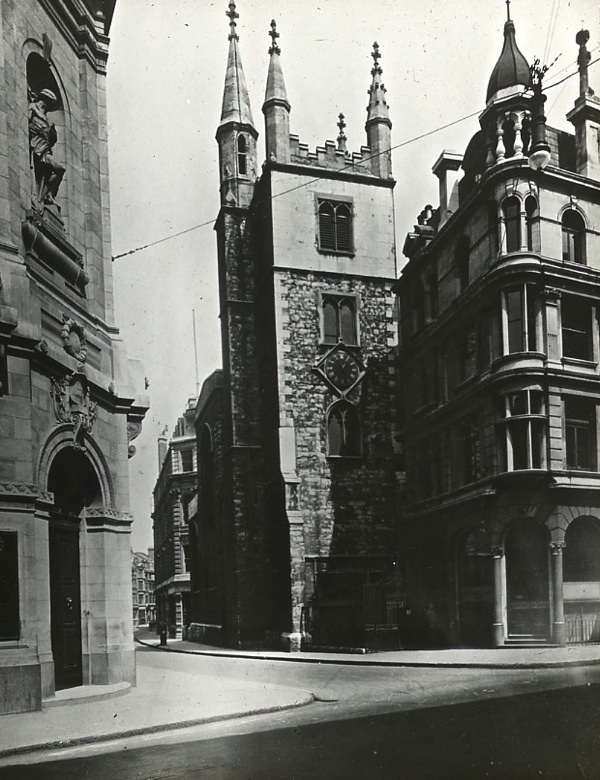For this expedition I got off the train at Aldgate and walked east along Whitechapel High Street.
The area is being transformed out of all recognition with massive refurbishment and redevelopment taking place on the south side. The north side of the street, however, still has its narrow cobbled alleys and iconic places like the Whitechapel Gallery.
The first alley I came across had no name but held the promise of some street art …

I wasn’t disappointed …




This next alley does have a name and is the home of a delightful project …


Look at these brilliant illustrations referencing the local area …


And it stretches right across the arched roof …

I see capitalist consumption alongside anarchist freedom just before I head down Angel Alley …

Freedom – a light at the end of the tunnel …

Some wall postings along the way …

The Freedom Press was founded way back in 1888 and this is their bookshop …

The wall of heroes …

Appropriate merchandise is available on their website …


Back on the High Street, I don’t recall seeing one of these before …

Then one comes to a wonderful institution, The Whitechapel Art Gallery. It grew from the high-minded vision of the Reverend Samuel Barnett and his social reformer wife Henrietta. They believed that art would lift the spirits of the East End poor, counteracting the ‘paralysing and degrading sights of our streets’. It was opened in 1901 and designed by the brilliant architect Charles Harrison Townsend …

The Gallery’s history is a history of firsts: in 1939 Picasso’s masterpiece, Guernica was displayed there on its first and only visit to Britain; in 1958 the Gallery presented the first major show in Britain of seminal American abstract expressionist Jackson Pollock; and in 1970 and 1971 the first shows of David Hockney, Gilbert & George and Richard Long were staged to great acclaim.
Turning now to the classic Art Nouveau building itself, the rectangular space between the turrets was originally intended to be covered with a mosaic frieze, but this proved too expensive. In 2012, however, the acclaimed artist Rachel Whiteread created a beautiful substitute. The work was Whiteread’s first ever permanent public commission in the UK.

The Gallery’s towers each feature a Tree of Life. Their brochure explains that, for this new work of art, Whiteread has cast their leaves in bronze to create an exhilarating flurry across the frieze. Four reliefs, casts of windows, stand as reminders of previous architectural interventions. Inspired by the tenacious presence of urban plants like buddlea, which the artist calls ‘Hackney weed’, Whiteread has covered the leaves and branches in gold leaf, making them part of London’s rooftop repertoire of gilded angels, heraldic animals and crests.


Apart from visiting the Gallery, there are other advertised opportunities to better yourself …

Crossing to the south side of the road, I was fascinated by this old house and its wooden shutters …



It has an 18th century look about it but I haven’t been able to find out more.
And finally to this little park …

Formerly known as St Mary’s Park, it is the site of the old 14th-century white church, St Mary Matfelon, from which the area of Whitechapel gets its name. This is its 17th century incarnation …

All that now remains of the old church is the floor plan .
The area was renamed Altab Ali Park in 1998 in memory of Altab Ali, a 25-year-old Bangladeshi Sylheti clothing worker. He was murdered on 4 May 1978 in Adler Street by three teenage boys as he walked home from work. Ali’s murder was one of the many racist attacks that came to characterise the East End at that time.
At the entrance to the park is an arch created by David Petersen. It was developed as a memorial to Altab and other victims of racist attacks. The arch incorporates a complex Bengali-style pattern, meant to show the merging of different cultures in east London …

A few grave markers from the old church have survived. This one (belonging to the Maddock family) is very grand, with its button-lidded top, the tomb ‘looks exactly like an enormous soup-tureen for a family of giants with a rather pretentious taste in crockery’ …



For more information I turned to the Spitalfields Life blog and an entry by the historian Gillian Tindall. She writes: ‘The Maddocks … were prosperous timber merchants just off Cable St. Into the tomb, between 1774 and 1810, went Nathan Maddock and his wife Elizabeth, both only in middle life, a daughter of thirteen, a sister-in-law of twenty-five, and her son when he was seventeen. It is a relief to find that Richard Maddock (who did not actually live in Whitechapel any longer but grandly in St James) was seventy when he died, and his sister seventy-nine. A James Maddock died aged nineteen, but that same year another James in the same family was negotiating the deeds of land in the area on which he intended to build and he appears to have lived so long that the tomb was full before it could accommodate him’.
These markers are more modest …


Finally, there’s a very impressive water fountain alongside the park …

The inscription says it was ‘removed from the church railings and erected on present site AD 1879’ …

It was great to still find some character in this area despite the wholesale redevelopment.
If you would like to follow me on Instagram here is the link …



























































































